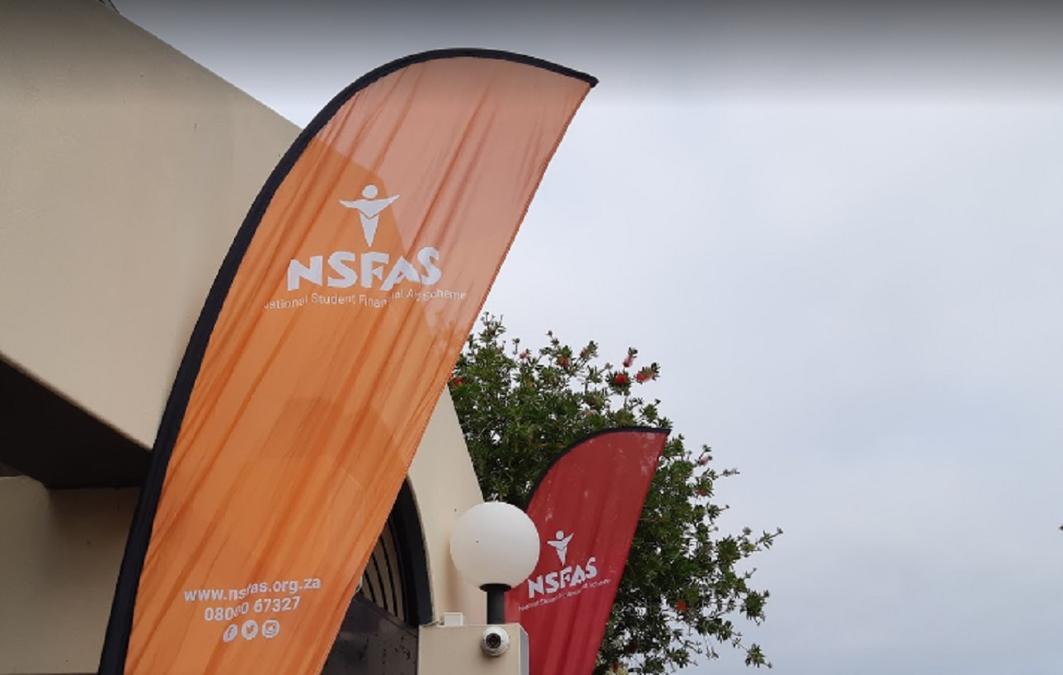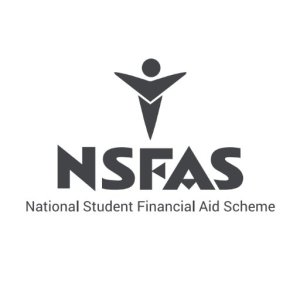In this article, you will see the NSFAS Loan Repayment frequently asked questions (FAQs), kindly read the answers to any of your questions below.

How are repayments calculated?
Repayments of your student loan are based on the salary that you earn, and start once your salary is R30 000 or more per year. The repayment amount starts at a calculation of 3% of your annual salary, increasing to a maximum of 8% when your salary reaches R59 300 or more per year. For example, you will repay R900 on a salary of R30 000 a year, or R75 per month. Once your annual salary reaches R59 300 your repayment will be R4 744 a year or R395 a month. You can choose to pay more than this, so that you can pay off your loan off faster, and reduce the amount of interest you will be charged on your loan.
Interest is charged at 80% of the repo rate, which is the repurchase rate at which the Reserve Bank lends to commercial banks. NSFAS will continue to charge interest on all outstanding balances, making it imperative that you start repaying your loan as soon as possible. The interest rate is set at the beginning of every financial year (April).
How do you ensure that students pay back the money?
Students sign a legally binding loan agreement contract to repay their loans. NSFAS also works with third party organisations (e.g SARS to track down NSFAS beneficiaries who are employed and earning more than R30 000 per year and make payment arrangements.
How much do students owe, on average?
The amount owed varies, as some students might be funded for only one year while others may be funded for their whole qualification. Some students owe R10 000, others owe R150 000.
How much of the loan repayment assists in funding other students?
Every cent of a loan repayment goes towards helping other students with funding.
How much time do students have to pay back their loans?
No time limit is given for repayment, since this is determined by the salary of the debtor, and his or her ability to repay. Those who are unemployed are not expected to repay.
What happens if a student loses his/her job while still paying back their loan?
Those who are unemployed are not expected to repay, but must inform NSFAS whenever their employment status changes.
What about students who drop out during their studies?
Students who drop out are still required to repay their loan when they start earning R30 000 or more a year.
When and how is a loan converted into a bursary?
Different loans have different rules about conversion. Up to a maximum of 40% of a general loan is converted into a bursary when a student passes all of the courses they were registered for in that year. Students who apply at their institution’s Financial Aid Office to be on the NSFAS Final-Year Programme have their final-year loans converted into a 100% bursary if they pass all of their final-year courses and qualify to graduate. If they do not pass all subjects, the conversion applicable to general loans is applied.
How do these bursary conversions show on NSFAS repayments?
The bursary conversion shows as a rebate on your statement when NSFAS receives your academic results from the university. This takes place at the end of the NSFAS financial year in April.
Your academic results are used to calculate any bursary rebates: for example, 40% of your student loan will be converted into a bursary if you pass all courses; if you pass half of your courses, then 20% of the student loan will be converted into a bursary. If you don’t pass any courses, you will not receive any bursary rebate for that academic year and you will have to repay 100% of your student loan.
Read Also:


